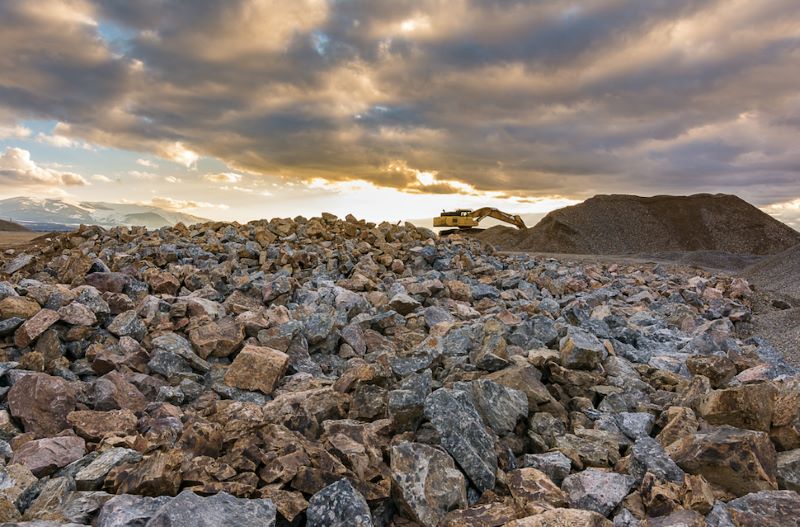Aggregates are such versatile materials, able to be used for civil constriction and infrastructure. If you work in the construction industry, you sure would be familiar with aggregates, its benefits and what they are used for. If you are wondering how aggregates actually work and why is this material so versatile, here’s everything you need to know:
What is it?
Aggregate is an umbrella term used in referral to any particulate material. Aggregate may be natural, manufactured or recycled. The most commonly used aggregates are crushed stone, sand, gravel, and recycled concrete, which can be divided into either one of two categories: ‘coarse’ or ‘fine’. Coarse aggregates are comprised of particulates greater than 4.75mm, and fine aggregate particulates are usually less than 9.55mm in diameter.
Why is it important?
Concrete mix is generally comprised of anywhere between 60-80% aggregate, which is selected based on durability, compressive strength, workability and ability to receive and retain finishes. A high-quality concrete mix requires clean and strong aggregate particles free of previously absorbed chemicals or other fine materials that could otherwise lead to the deterioration of concrete.
Concrete aggregate can be used for a number of applications that include landscaping and decoration, tile and pre-mix concrete manufacturing, masonry (bricks, pavers and retaining walls), and backfill drainage material among other construction purposes.
Where is it found?
Aggregates are extracted from natural san pits, hard-rock quarries or underground mining segments. Both sand pits and hard-rock quarries are located in areas where glaciers once existed, leaving behind clean deposits of sand and stone.
Aggregates are widely distributed near rivers and streams, in basins and in previously glaciated areas. In the event that the aggregate is below the groundwater table, it is extracted through pumping.
Other submerged forms of aggregate require extraction in the form of dredging, wherein there are two primary techniques: static dredging, which involves the use of an electric pump; and vessel dredging, which involves a pump trailing behind a vessel along a seabed.
How is it extracted?
1. Mining
The mining process begins with the removal of a top layer to reveal the materials underneath. This top layer is usually comprised of soil and partially weathered rocks which are pushed to aside and subsequently removed. Sand and gravel are mined from open pits or dredged from underwater depositories. Bedrock must first be drilled and blasted to break apart before it can be mined.
2. Processing
Once extracted, most aggregate needs to be transported to a plant for processing. The aggregate moves through both a primary and secondary crush cycle before it is screened and sorted according to size. The material is then washed if required before sale and transport to its final destination.
3. Who is involved?
The extraction and processing of concrete aggregate requires the skilled work of experienced construction labourers. Labour hire companies who specialise in construction industry recruitment are of paramount importance to ensuring the quality, efficiency and safety of aggregate extraction procedures and subsequent processing.
Cameron Construction Services is a leading civil contracting company with a broad range of mining and civil works on offer aimed at streamlining your projects. Founded in 2002, Cameron Construction Services has established its reputation of high work standards bolstered by its skilled workforce.
With expertise in best practice safety and management systems, Cameron Construction Services provide top tier concrete aggregate services founded on over 35 years of industry experience.


